Challenges for Colombian Coffee Growers in 2025

Colombia, one of the largest coffee producers in the world, faces a 2025 full of challenges for its coffee growers. Factors such as climate change, production costs and fluctuations in the international market present significant challenges for the industry. Below, we analyze the main factors that will affect coffee producers this year.
Impact of Climate Change on Coffee Growing
1. El Niño and La Niña Phenomenon
• In 2025, the climate in Colombia remains unpredictable, with alterations in rainfall and temperature cycles.
• El Niño causes prolonged droughts in producing regions such as the Coffee Belt, Huila and Cauca, affecting the flowering and production of coffee.
• La Niña, on the other hand, can generate excess humidity, increasing the risk of pests and diseases such as rust and coffee berry borer.
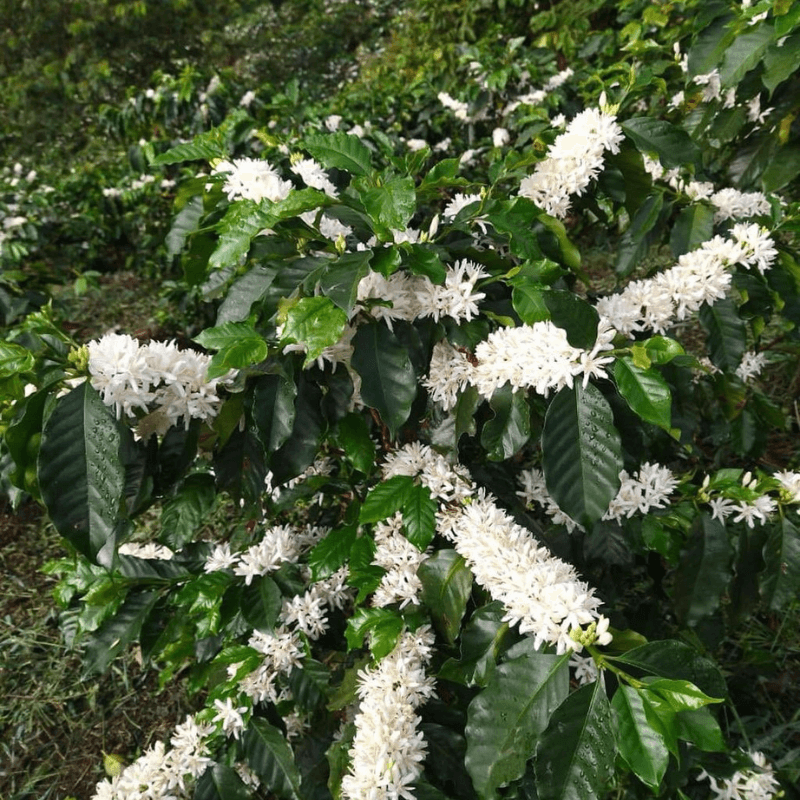
2. Rising Temperatures
• Rising average temperatures reduce coffee quality and push crops to higher altitudes, which represents a challenge for small producers.
• Some traditionally coffee-growing regions could become less suitable for production, affecting yields and profitability.
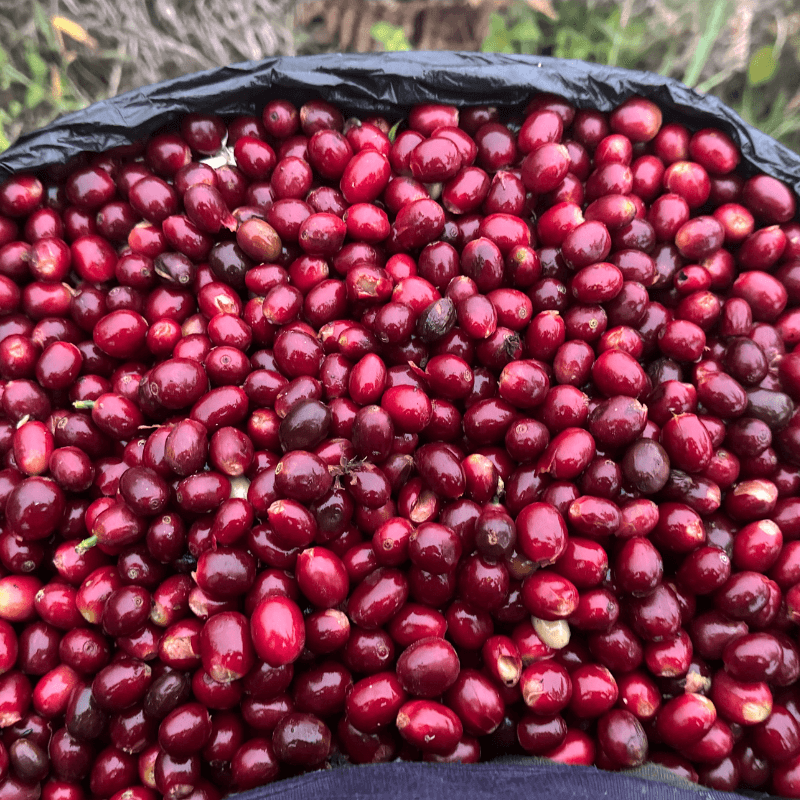
Rising Production Costs
1. Rising Agricultural Inputs
• Fertilizers, pesticides, and other inputs have seen rising costs due to inflation and global supply crises.
• Lack of access to affordable fertilizers directly impacts yields and grain quality.
2. Labor Shortages
• The migration of rural workers to cities and other economic sectors has created difficulties in finding coffee pickers, especially during harvest seasons.
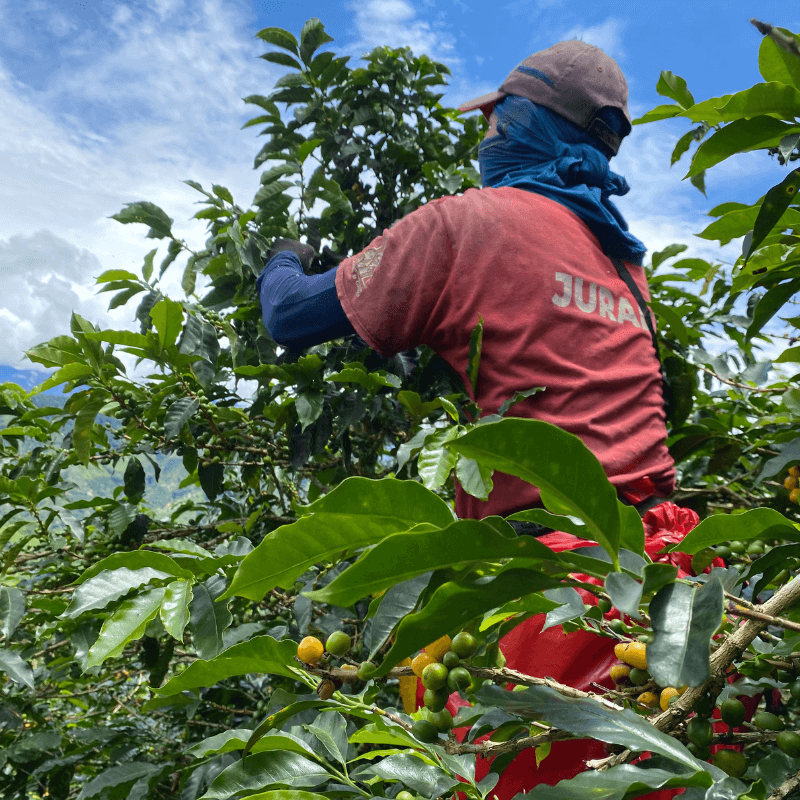
Volatility in Coffee Prices
1. Unstable International Prices
• The value of coffee on the New York Stock Exchange remains highly fluctuating, affecting coffee growers’ incomes.
• Although prices have been at relatively high levels in recent years, production costs have absorbed much of those gains.
2. Global Competition and Sustainability
• Countries such as Brazil and Vietnam continue to increase their production, intensifying competition in the global market.
• Consumers demand more sustainable and certified coffees, which implies additional costs for Colombian producers.
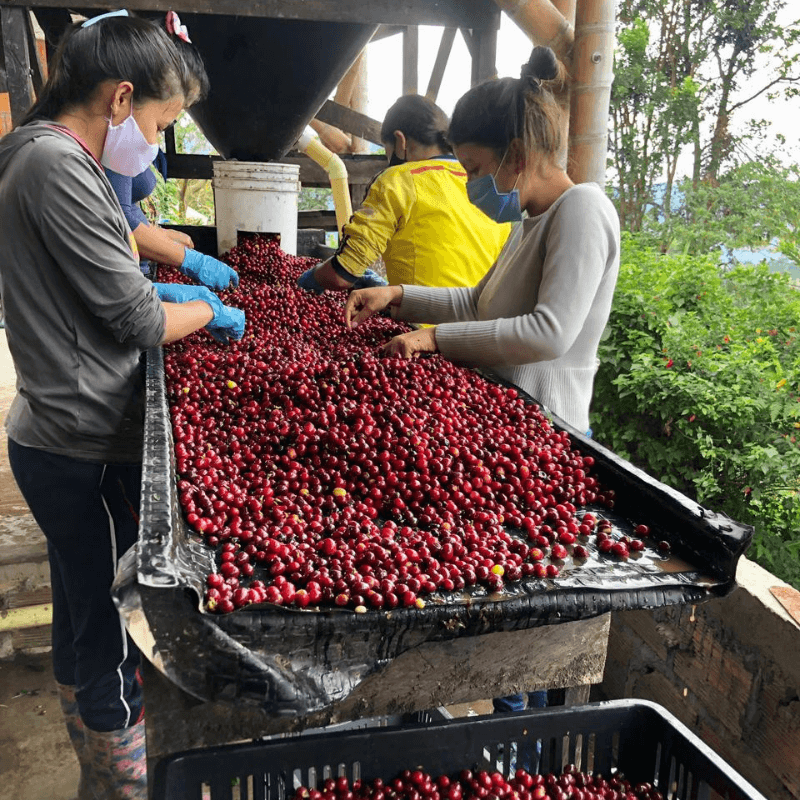
Strategies to Face the Challenges
Despite these challenges, Colombian coffee growers can adopt various strategies to mitigate the impacts and improve their resilience:
✅ Implementation of sustainable agricultural practices, such as efficient water use and agroforestry.
✅ Access to technology and new coffee varieties that are more resistant to climate change.
✅ International alliances and certifications that guarantee fair prices and stable markets.
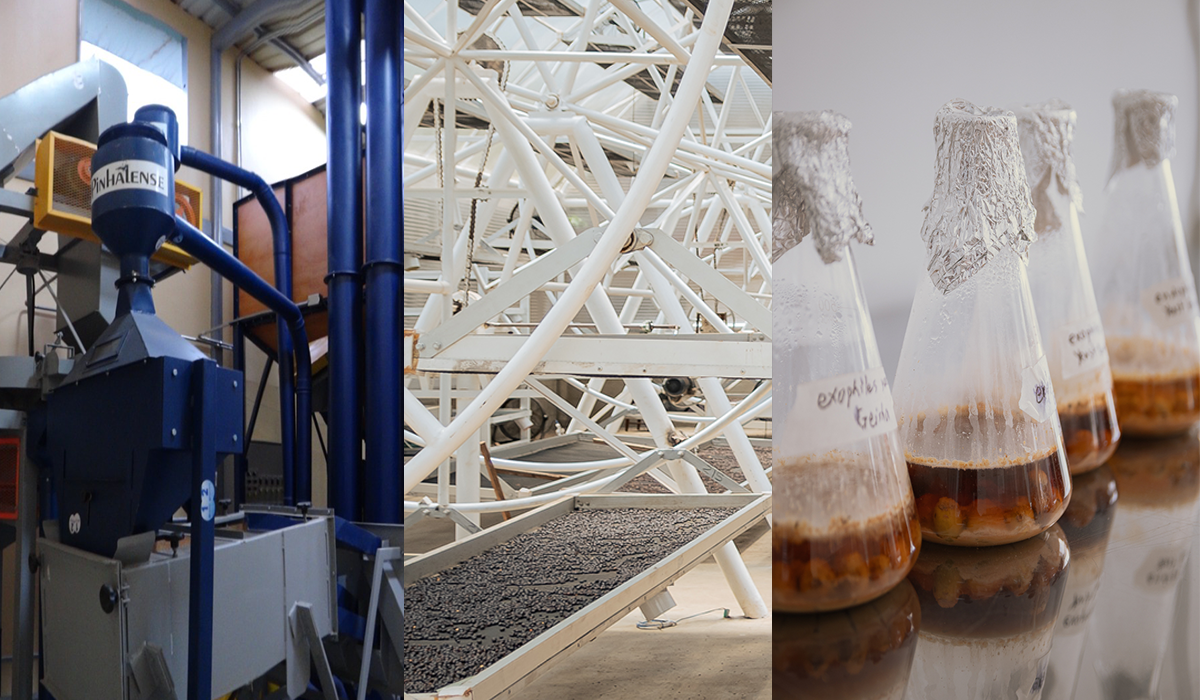
2025 will be a challenging year, but with innovation and adaptation, Colombian coffee growing can continue to be a leader in quality and sustainability.

